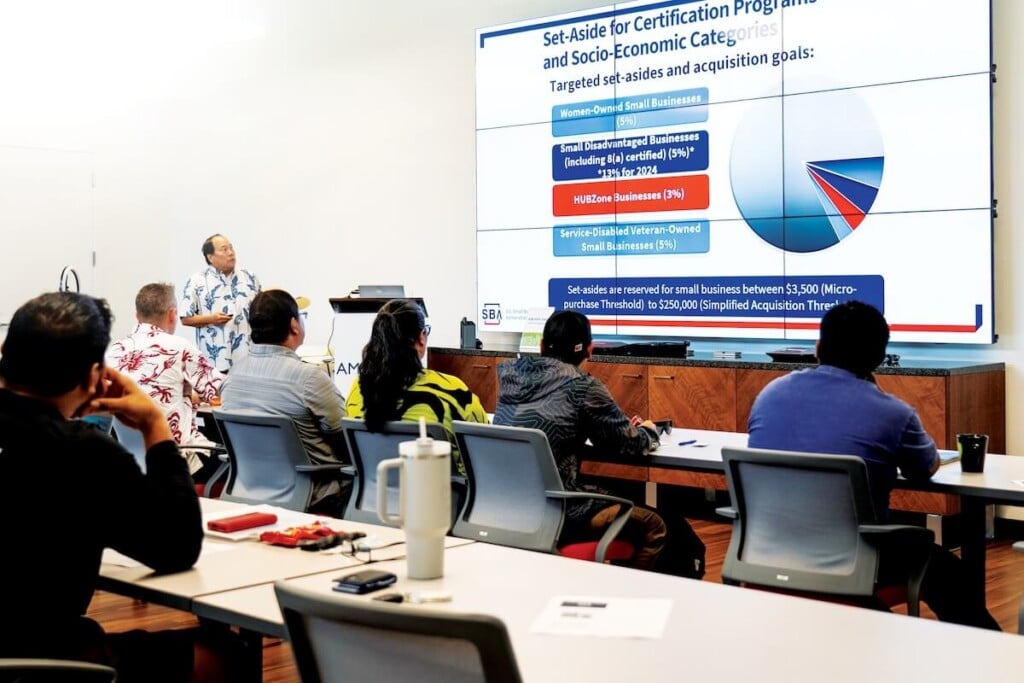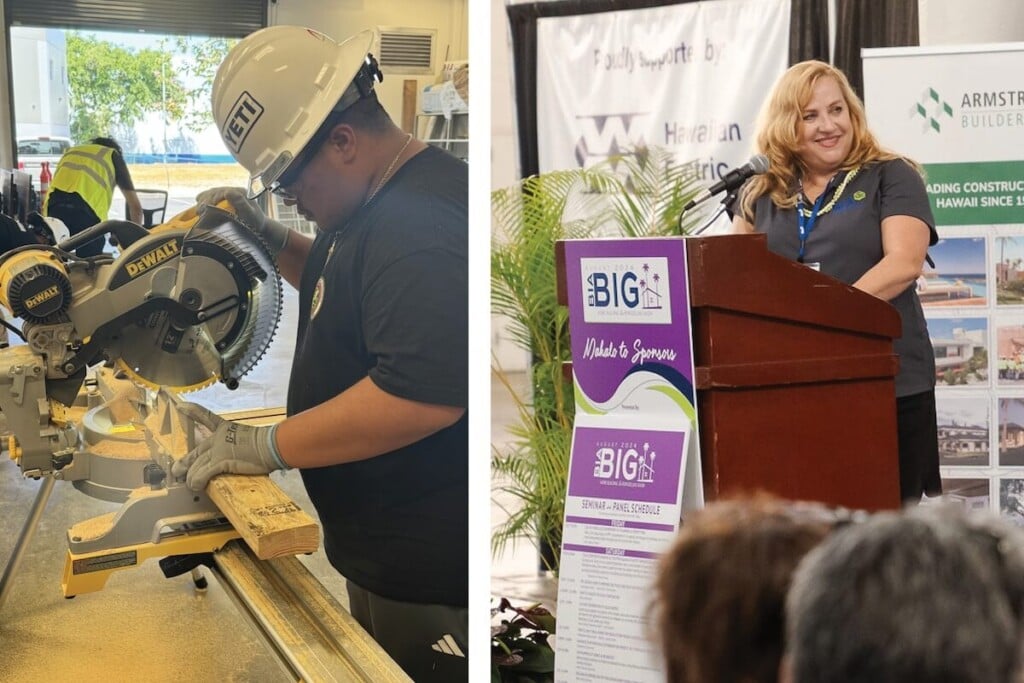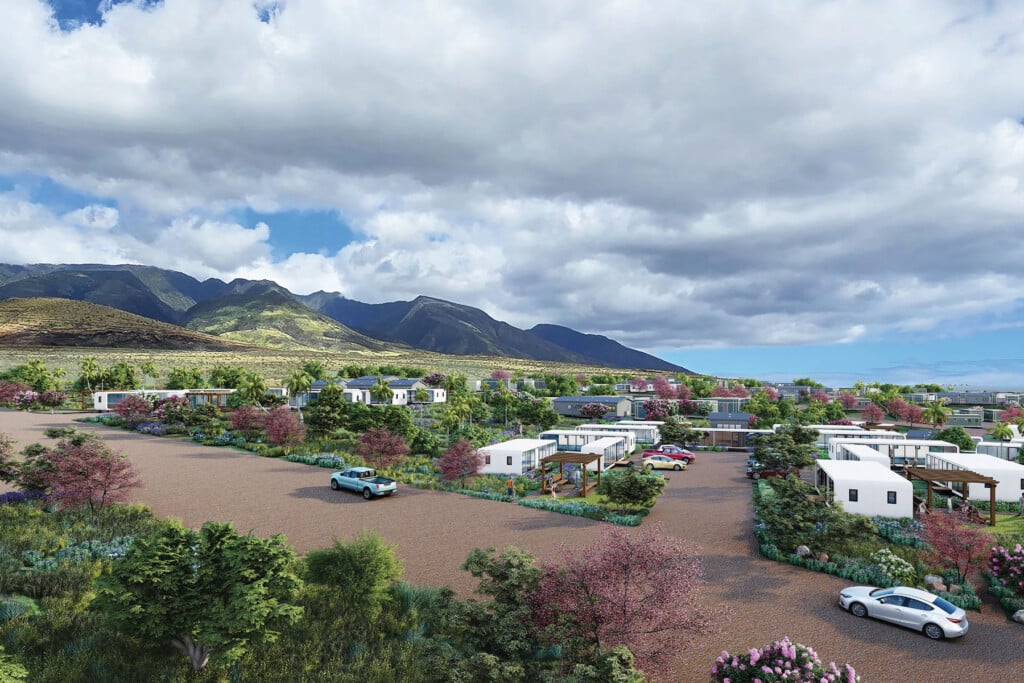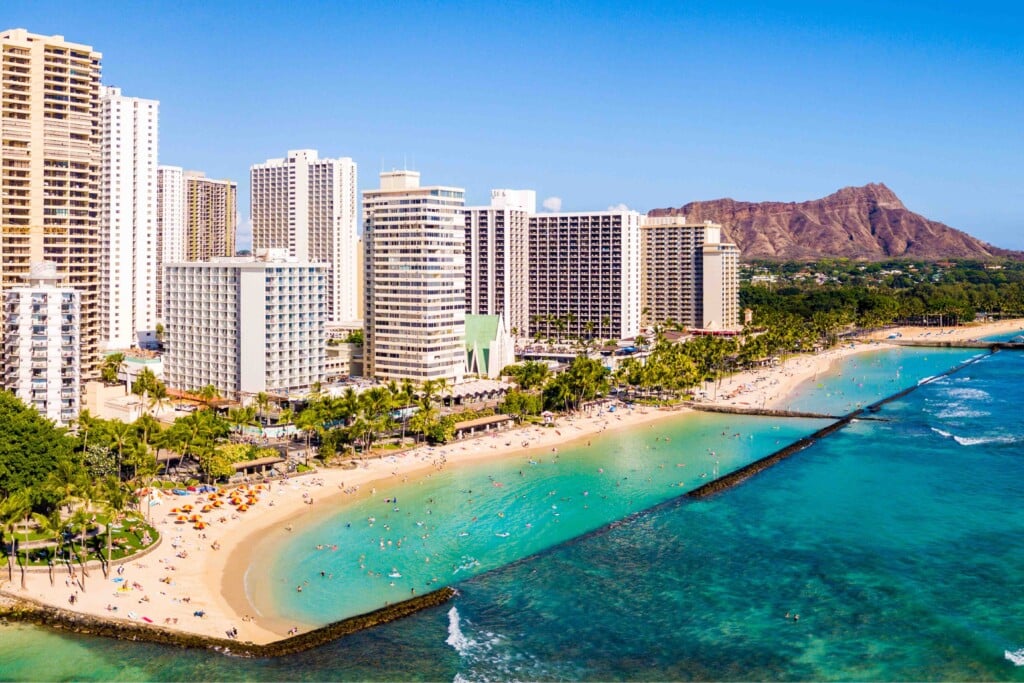Talk Story with John White
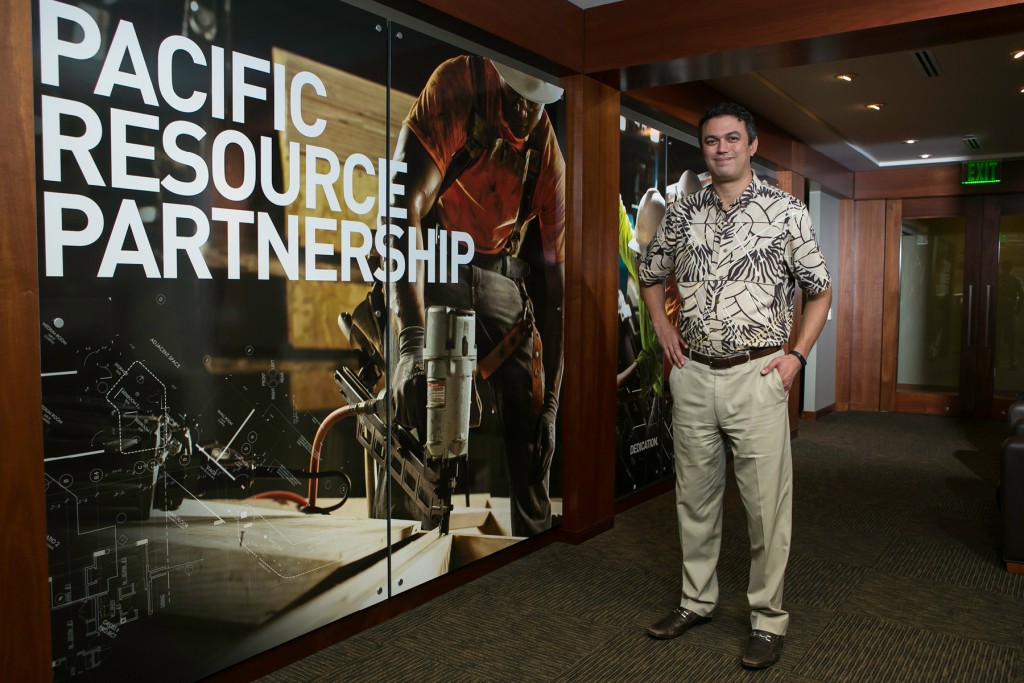
Executive Director,
Pacific Resource Partnership
PRP, a unique partnership between Hawaii’s top contractors and the Hawaii Carpenters Union, is a powerful supporter of rail. White talks about integrated communities and how they will help guide Oahu’s development.
What are integrated communities?
Peter Calthorpe is one of the nation’s pre-eminent planners and evangelists of transit-oriented development. In 2011, we hired his firm to look at how rail would impact the way we grew on Oahu. His report is the foundation of our work talking about integrated communities. It’s very simple: The integrated community leverages the investment we’re making in rail to create homes, and build shops, restaurants and services close by so people can access transit and be less dependent on their cars. Integrated communities may be our once-in-a-lifetime opportunity to address serious challenges that a 21st-century Oahu will confront: affordability and access to housing at all income levels being at the top of the list.
Why the change from “transit-oriented development” to “integrated communities”?
A lot of people in Hawaii have never ridden on a transit system, and the investment in rail really won’t be completely realized unless we grow in a different way than we have in the past. All too often, people speak in what I call “planner’s speak,” which is hard to relate to if you’re not a planner. “Integrated community” is a way to describe something that people understand. The opportunity exists to build homes that middle-class families can afford, to balance growth between the places where we should be building and the places that we should preserve as open space. Many things have to happen for integrated communities to work. The starting point is to educate people about what those communities could be.
The report we showed the media before was somewhat technical. We looked at four futures with varying increments of growth: What would it look like if we didn’t have rail? What would it look like if we had a certain percentage of growth along the future rail route? etc.
So, we had this great study, but when I went out to the community to give presentations, I soon realized that I was quickly losing people because I assumed they knew more than they did about transit-oriented development and what it could lead to. The other thing I realized was that there was too much data, so we said to ourselves: Maybe we need to start at a higher, broader level. To talk about the fundamentals of what an integrated community could look like, why it would be important and all the issues we would confront as a community.
“One of the mischaracterizations of (transit-oriented development) is that there’s going to be nothing but skyscrapers along the rail route. But that would be a real shame, because a skyscraper doesn’t belong in a place like Waipahu.”
Has this change in vocabulary changed the response you get in the community?
I wouldn’t characterize this as just a change in vocabulary. I think we have to start from the premise that there are people who have serious concerns about growth on Oahu. We have to acknowledge that growth has an impact; and, if we’re going to grow, we have to find ways that balance that. Part of the study is to acknowledge that, “Yes, if you build something, it has an impact.” It will impact land consumption. It will impact resource utilization. It will potentially impact cost of living, the environment, quality of life.
The second part of this is, if we can come together and at least agree these are the things we need to work on as we address growth, then the next part is to describe the fundamentals that make integrated communities work. It starts with the right kind of housing. It’s not one size fits all. One of the mischaracterizations of transit-oriented development is that there’s going to be nothing but skyscrapers along the rail route. But that would be a real shame, because a skyscraper doesn’t belong in a place like Waipahu.
So, it starts by building the right kinds of homes for all income levels. Then, you fill in with great infrastructure that makes it a walkable community. You invest in sidewalks and bike lanes, parks and open spaces – you invest in greenery. Then, you put on top of all that the retail services, shops – the things that people need to access on a day-to-day basis. If you do all these things together, over time, you allow people to become less dependent on their cars, and you begin to build real neighborhoods that look nice and encourage people to interact with one another.
Do you see public opinion moving, now that the rail issue finally seems to have been decided?
Half of the community supports rail and half opposes rail. It will likely remain that way until rail is actually built and online. And I would imagine that, for an issue like transit-oriented communities, you’re going to have to show people, over time, how it can make life better. I think there are people who legitimately feel that development, in general, is bad. There are many families today that aren’t benefitting from the homes being generated because they can’t afford them. We have to address those issues.
The sad thing would be if we gave up on finding solutions, if people who’ve had a connection to this place all their lives, and whose families have been here for generations, have to leave because they can’t afford to live here.
This interview has been edited for conciseness and clarity.
